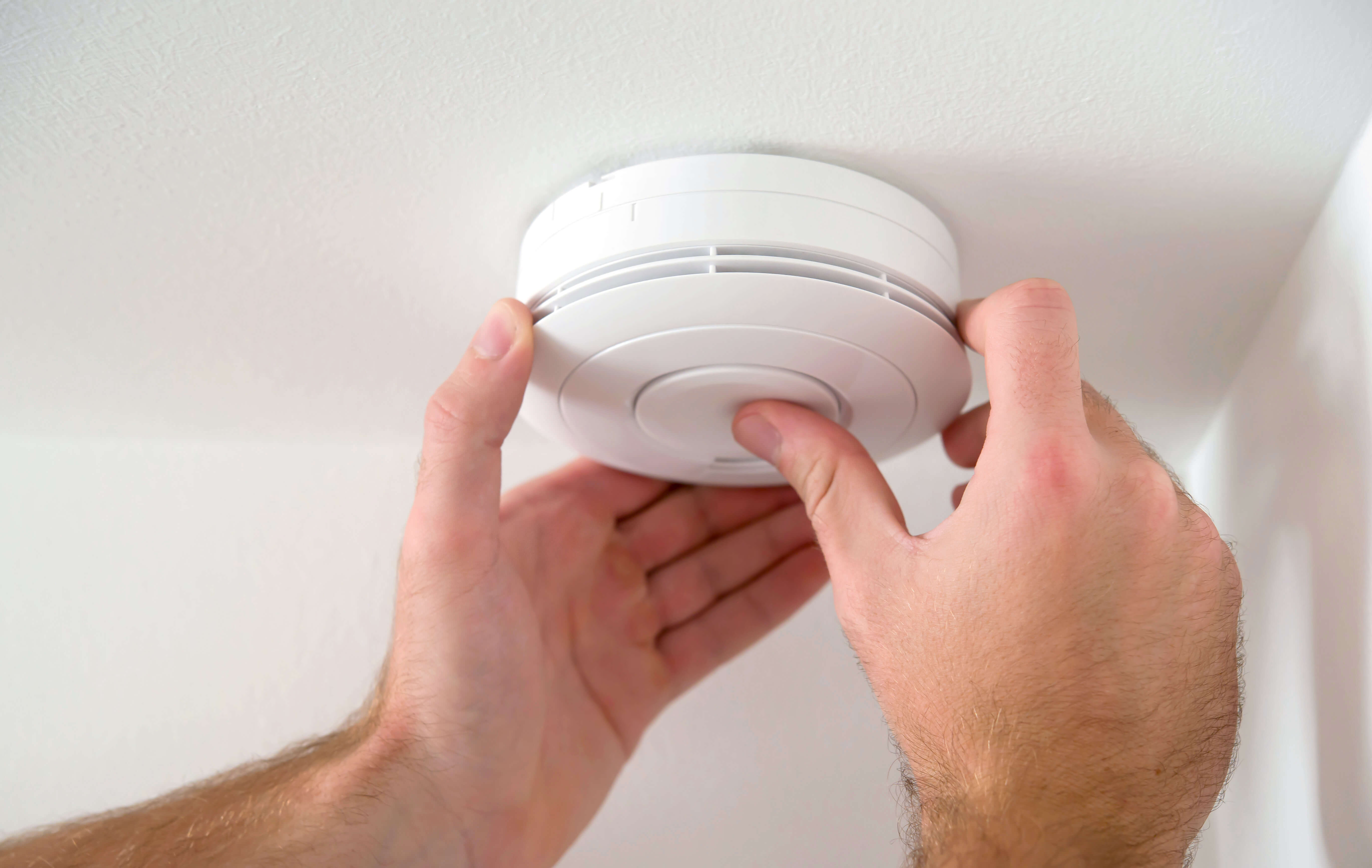
You may have seen the recent Coronation Street storyline that dealt with carbon monoxide poisoning. The January episode included alarming scenes where Aadi collapsed and was rushed to hospital. Aadi was suffering from carbon monoxide poisoning due to a faulty gas appliance, because he didn't realise that the carbon monoxide alarm in his flat wasn’t working properly. Luckily, Amy Barlow found Aadi unconscious and called an ambulance. At the hospital, doctors revealed that Aadi had suffered carbon monoxide poisoning and was lucky to be alive.
Why is carbon monoxide dangerous?
Carbon monoxide is dangerous because it can’t be seen, tasted, touched, or heard. The air in your home can become poisoned if your gas appliance is not correctly maintained. Without a working carbon monoxide alarm, it could be too late by the time you find out there is a leak. Around 40 deaths related to carbon monoxide poisoning are recorded in England and Wales every year.
What should I do to make sure that my home is safe from CO poisoning?
The best way to make sure you home is safe is to allow our contractors to conduct an annual gas service. The service will identify any safety issues and avoid the need for repairs. Our contractors test all carbon monoxide alarms during the annual service and will replace them if they are faulty or due to expire before the next service is due.
- You should have a carbon monoxide alarm in any room where there is a fuel burning appliance such as a gas boiler or wood burning stove.
- We’ve installed carbon monoxide alarm in all homes where there are fuel burning appliances. However, if you feel that yours is missing, please call 0800 678 1221.
- If your alarm is beeping every 30 seconds, the battery has expired or is faulty and you need to call us on 0800 678 1221 to arrange a replacement
- You should test your alarms every month. To do this, you will need to:
- Hold down the test button until you hear two beeps, then release your finger.
- Hold down the test button again, until you hear four beeps. - A solid green light shows that your alarm is working properly
Causes of carbon monoxide poisoning
Common household appliances used for heating and cooking can produce carbon monoxide leaks, if they are not installed properly, are faulty, or are poorly maintained.
Appliances that can cause carbon monoxide leaks include:
- gas boilers
- gas cookers and clay ovens
- gas or paraffin heaters
- wood, gas, and coal fires
- portable generators
- barbeques or camping stoves indoors and turning on vehicle or lawn mower engines in your garage, can also cause a build-up of carbon monoxide.
- car exhausts
What are the symptoms of carbon monoxide poisoning?
Symptoms of carbon monoxide poisoning include:
- headache
- dizziness
- feeling sick or being sick
- feeling weak
- confusion
- chest and muscle pain
- shortness of breath
The symptoms may come and go. They may get worse when you spend time in an affected room or building and get better when you leave or go outside.
What to do if you think you have carbon monoxide poisoning
- stop using a using all gas appliances and isolate the meter at the emergency control valve if possible
- open any windows and doors to let fresh air in
- go outside
- get medical advice as soon as possible – do not go back into the affected building until you have received medical advice. Poisoning can only be confirmed by a blood test



